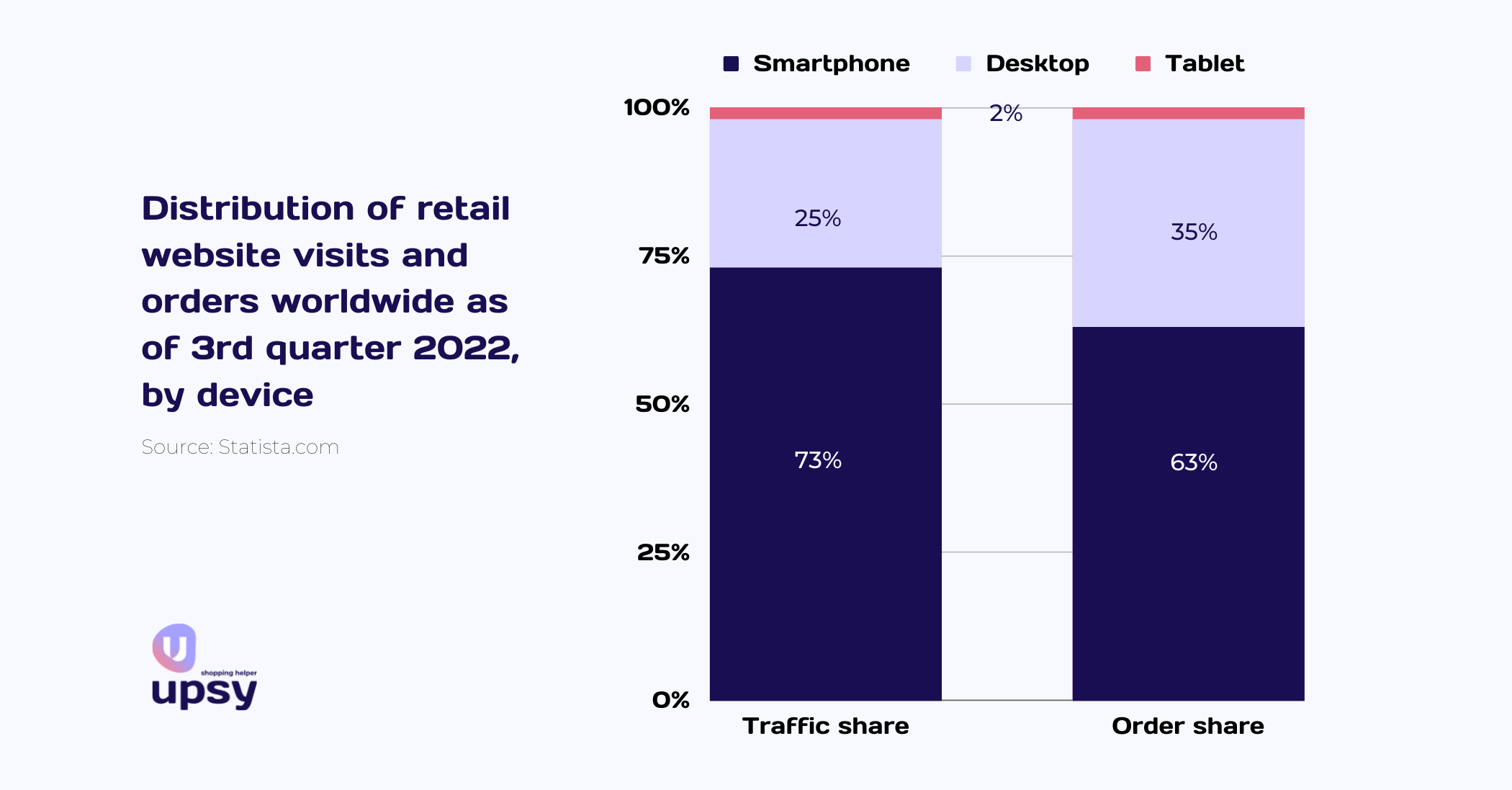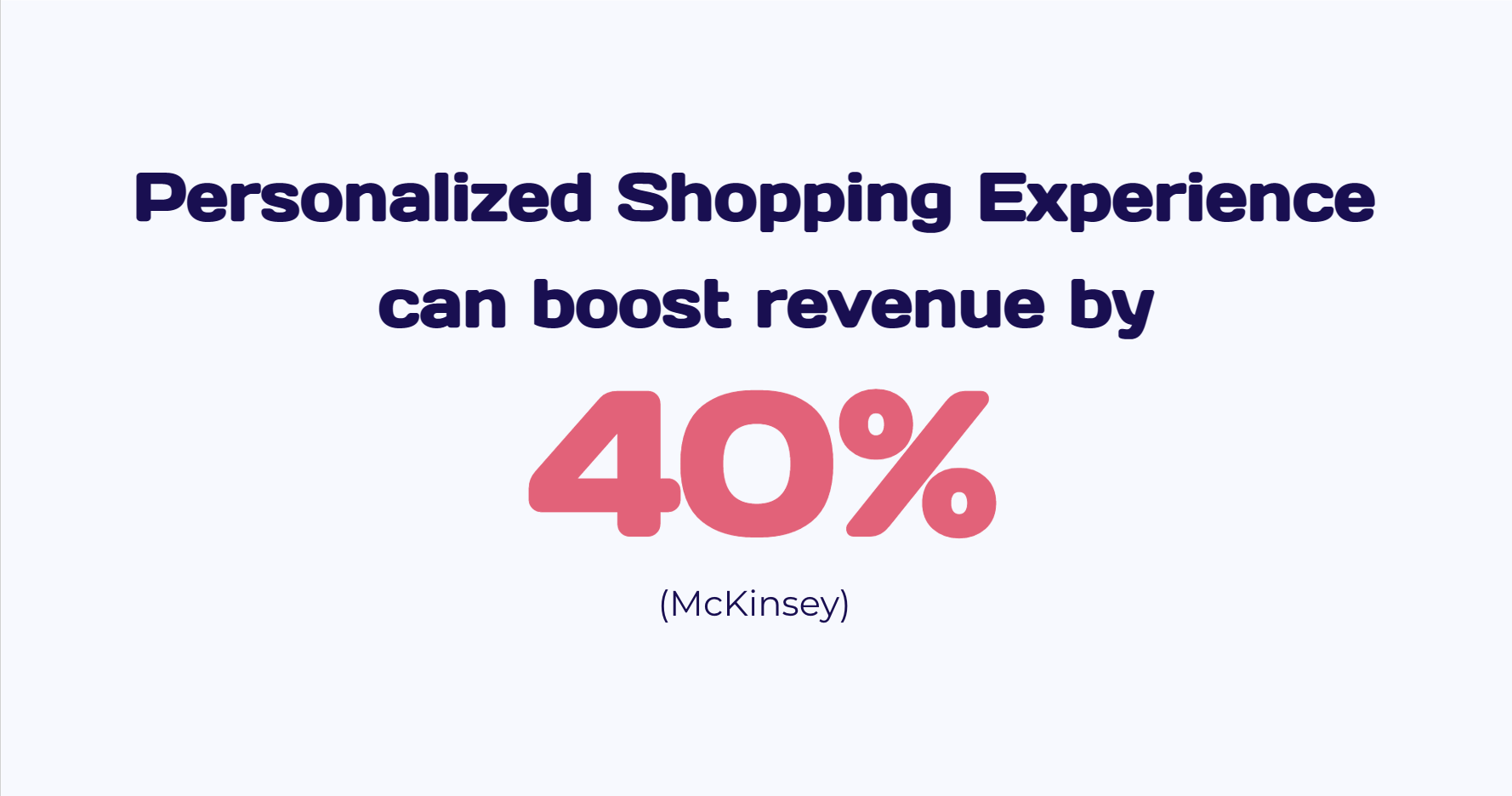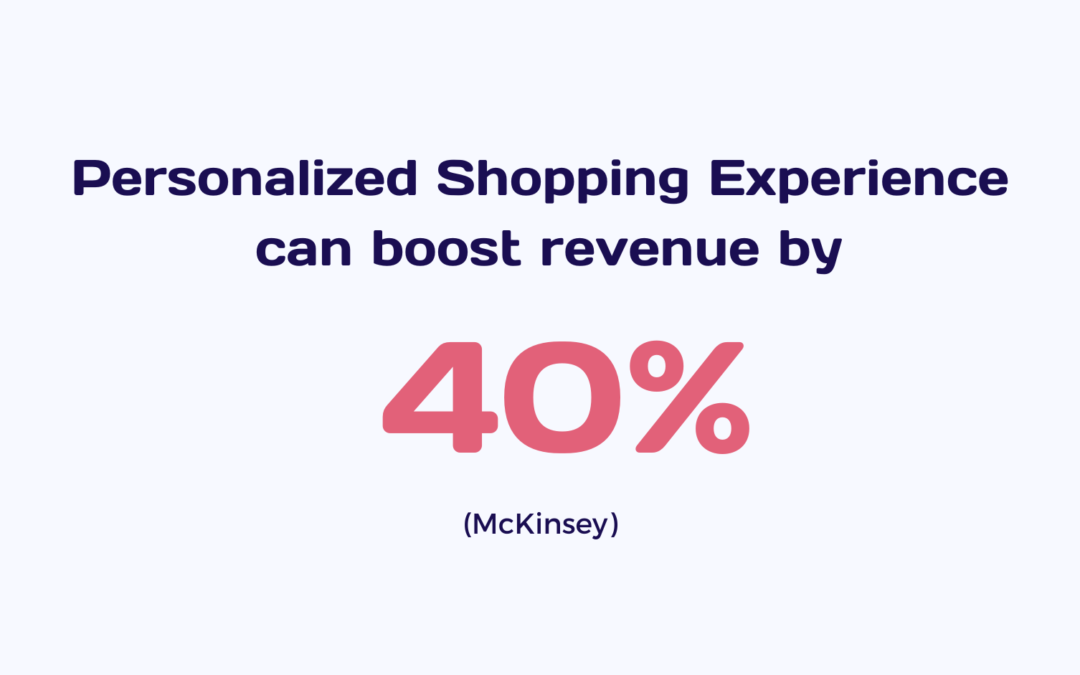Navigating the dynamic e-commerce seas may appear challenging, but don’t worry. We’ve got you covered.
From mobile shopping to personalsation and inflation, we’ll explore the top trends shaping the e-commerce landscape and share strategies to help you sail smoothly toward increased sales and success.
Mobile Shopping: The Future of E-commerce
Mobile Shopping is a rapidly growing trend in e-commerce and it’s no secret that mobile devices are dominating the industry. In fact, smartphones accounted for approximately 73% of retail site traffic worldwide and generated 63% of online shopping orders as of the third quarter of 2022.

Mastering Mobile: The Key to Customer Satisfaction

Personalization: The Key to Building Customer Loyalty and Boost sales

Make it Personal: Strategies for E-commerce Success
- Implement product recommendation features using website software to make personalized recommendations during browsing or checkout.
- Use AI-powered customer insights to collect and analyze customer data such as location and demographics for better buying experiences
- Utilize personalized communication, such as emails, that address customers by name and their buying habits to improve the customer experience further and build brand loyalty.
Consumer Spending in 2023: Navigating Inflation and Tight Budgets
However, Mastercard’s preliminary spending data tracked the Holiday season from November 1 through December 24. It indicates that consumer spending was up 7.6%, averaged across online and offline channels.
This trend suggests that consumers are willing to spend, but they may be more cautious in their spending habits due to inflation and tight budgets.
Budget Constraints? No Problem: How E-commerce Businesses Can Thrive
E-commerce businesses should use data and automation to optimize their operations and customer experiences. According to a survey of commerce leaders by Salesforce, the right strategies for e-commerce data and automation can help brands thrive.
Diversify your product offerings to include budget-conscious items. Optimize your eCommerce platform to ensure a smooth user experience. Leverage customer data to personalize the shopping experience and provide targeted recommendations.
Webshop owners must embrace these trends to enhance customer experience, build brand loyalty, and maximize revenue potential. Take action now to optimize your online store for the future of e-commerce.
Upsy’s team of e-commerce experts can help you navigate the changing landscape of e-commerce in 2023.
Contact us today to learn how our solutions can help you increase your online sales.
